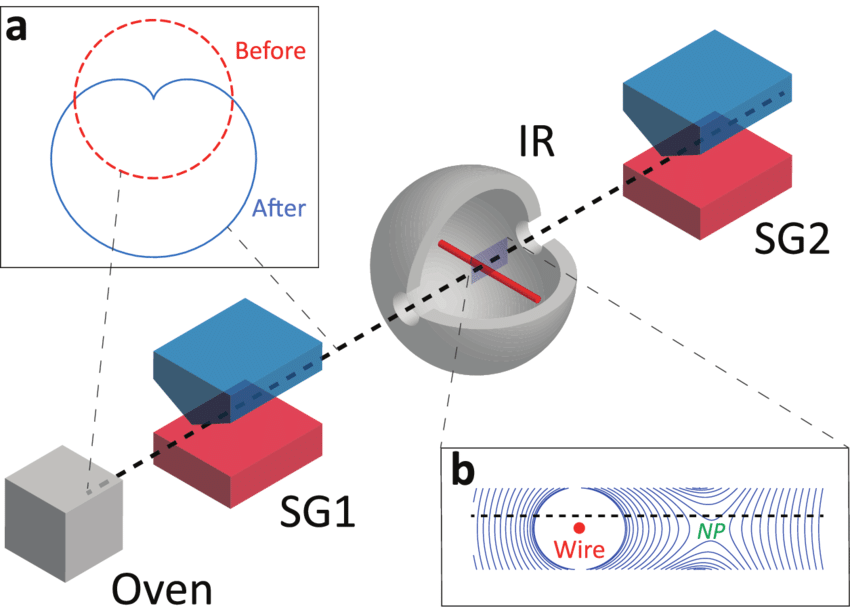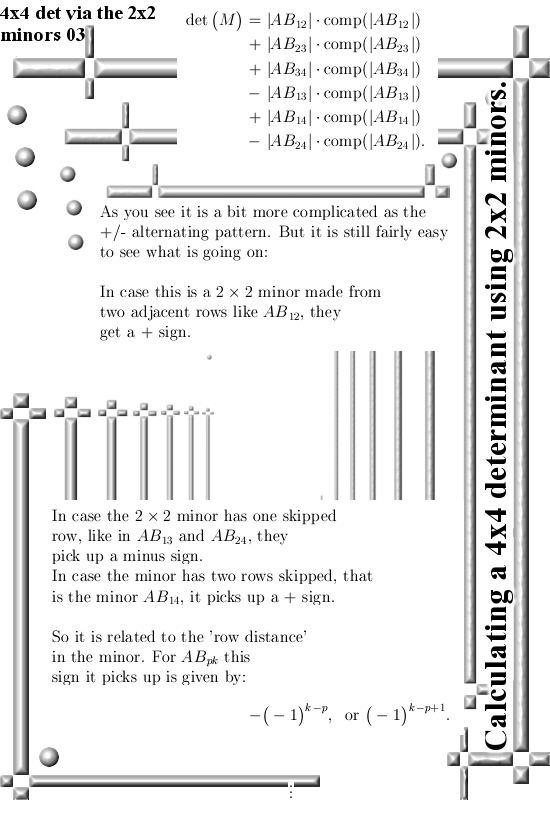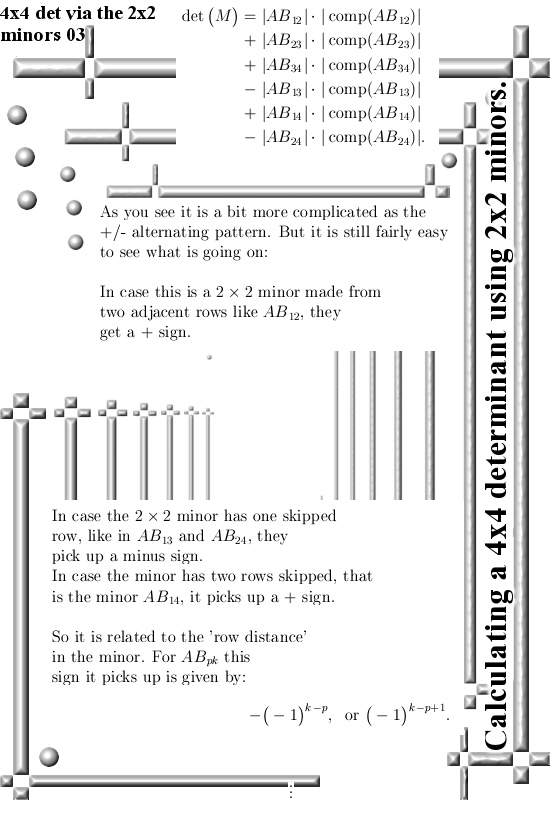Last week I finally found out after seven years that there is indeed at least one repeated Stern-Gerlach experiment. It is well known in quantum mechanics that the Pauli matrices can be used to calculate the probabilities for finding electrons into a particular spin state. And in a repeated SG-experiment, if you turn the magnetic field 90 degrees the Pauli stuff says it is 50/50 divided. If you example you first applied a vertical magnetic field and after that some horizontal magnetic field, you should get 50% of the electrons having spin left and 50% spin right.
But if you try to do a search on a term like “Experimental proof for the Pauli matrices” or just “Repeated Stern-Gerlach experiment” never ever serious popped up in the last seven years.
Seven years ago I arrived at the conclusion that it is impossible that electrons are “tiny magnets” or for that matter have a bipolar magnetic field. A lot of things can be explained much better and more logical compared to mystifications like the Pauli exclusion principle. If electrons are magnetic monopoles, in that case it is logical that if they form pairs they must have opposite magnetic charges.
And with the electron pair we already have a detail where the ususal model of electrons as “tiny magnets” fails; two macroscopic magnets are attracking only if their magnetic fields are aligned. If two macro magnets are anti-aligned, they repel. So how the hell is it possible that two electrons only form a pair if they have opposite spins, only if they anti-align?
What I still don’t understand is why people like Pauli, Einstein, Feynman etc etc never remarked that it is nonsense to suppose that electrons are tiny magnets. Remark there is zero experimental proof for the assumption that electrons are tiny magnets. They just projected the Gauss law for magnetism on electrons without ever remarking you must have some fucking experimental proof.
In the next picture you can see the experimental setup; you see two Stern-Gerlach experiments and in the middle is a inner rotation chamber where they try to flip the spin of the electrons.

So Einstein must have given it a thought, this SG-experiment and never realized the impossibility of the Gauss law for magnetism for electrons.
Last week I found a nice pdf upon the Frisch-Segrè experiment and I would like to quote a few hilarious things from it:
“The physical mechanism responsible for the alignment of the silver atoms remained and remains a mystery” and quoting Feynman, “… instead of trying to give you a theoretical explanation, we will just say that you are stuck with the result of this experiment … ”
This is also the first time that I see this ‘problem’ actually stated; how is it possible that a tiny thing like an electron anti-aligns it’s spin with the applied external magnetic field? That is very very strange, for example water molecules are tiny electric dipoles and if they meet an electric field the only thing they want to do is to align themselves with that electric field. Why do electrons gain potential energy in a magnetic field?
To understand how crazy this is: If you go outside and throw away a bunch of rocks, do half of those fall to earth and the other half flies into space? Nope, in the end all rocks try to get at the state of minimal potential energy.
But if you view electrons as magnetic monopoles this weird detail of climbing in potential energy is’n there any longer: an electron with say a north pole magnetic charge will always go from the north pole to the south pole of a macroscopic magnetic field. And vice versa for an electron with a south pole magnetic charge. The weird energy problem isn’t there any longer.
You can compare that to a bunch of electrons and protons entering an electric field; they feel opposite forces and that is how they both lower their potential energy.
At last let me give you the pdf. This pdf is not very useful because it is written by one of those weirdo’s that keep on believing that electrons are tiny magnets…
Once more I want to remark that if you see a physics professor doing his or her blah blah blah thing on electron spin, they just don’t have any serious experimental proof that electrons actually have two magnetic poles.
Furthermore, none of them has a problem with that.
So why are we funding these weirdo’s with tax payer money?
Ok, that was it for this post. Thanks for your attention.

